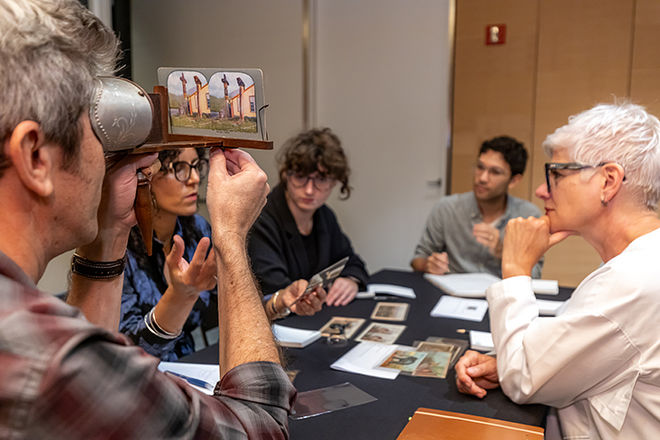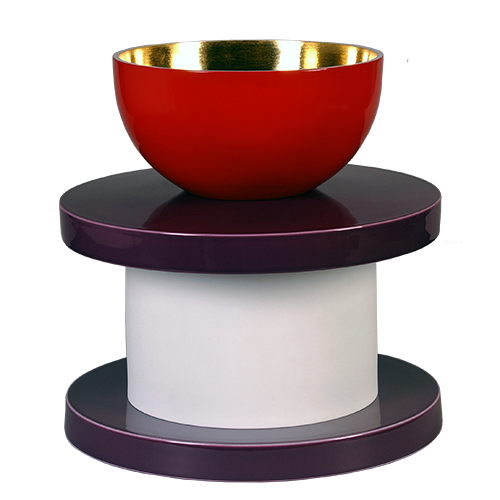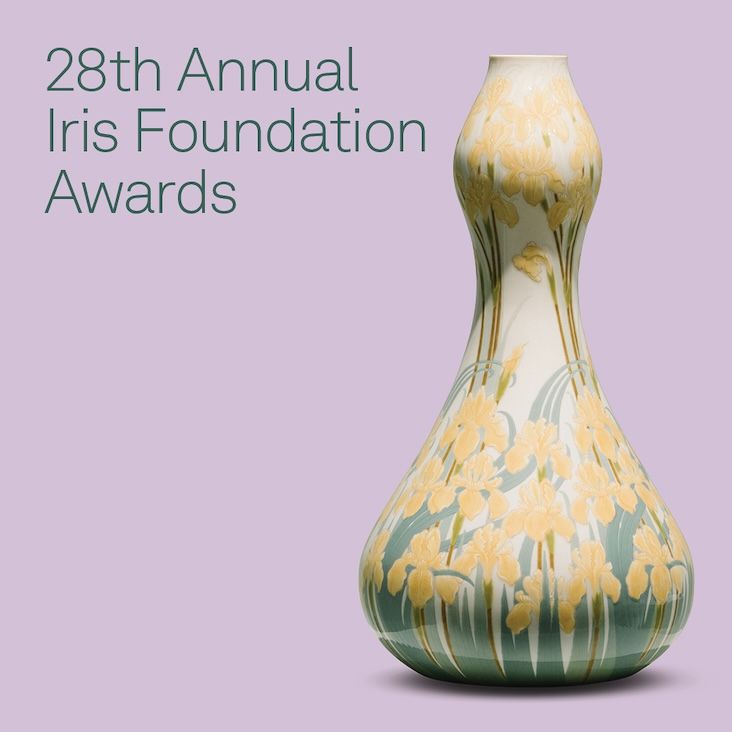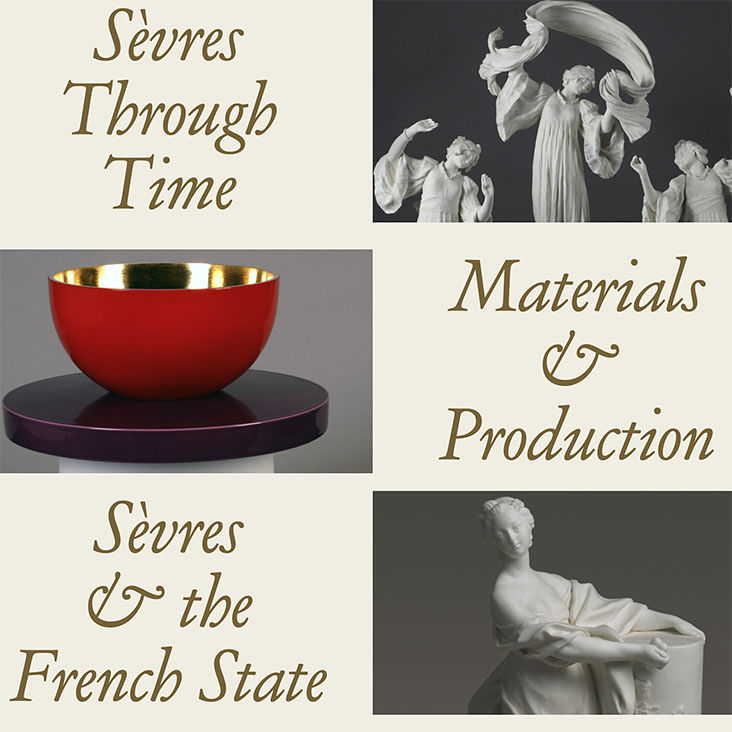“I would say I definitely prefer sparkle and shine-shine…It’s just something that very much attracts the eye. I feel that’s what new laces do.” – Hannah
“…Sometimes you’ll buy these materials, and the sequins are not properly done. By the time you get up from where you are sitting, the whole place is filled with sequins. It just shows that, probably, the quality is not that good.” – Ms Abímbọ́lá
In This EpisodeIn our season opener, two and a half generations of a Nigerian diasporic family sit around the table to talk about some of our favorite laces. We bounce from “classics,” like Swiss voile and French lace, to the latest trends, like sequins and beading on netting, or tulle. Come sit with us as we reflect on how tastes have changed, gist about our likes (and dislikes), and wonder where things might be headed.
Listen and follow on
Apple Podcasts |
Spotify |
Stitcher.
Download a transcript.
Sisters, Hannah and Mary, and their mum, Abímbọ́lá (or, Ìyáà Tóbi, respectfully), are just three members of a large Yorùbá family, spread all over the globe. But no matter the location, they all grew up wearing Yorùbá textiles, either in Yorùbáland or Nigerian communities in the diaspora abroad. When she’s not outshining everyone in her glittering laces, Hannah has a passion for policy, housing, and community development. She currently works for the US Department of Housing & Urban Development in Georgia, and hopes to continue reforming and advocating for marginalized communities and neighborhoods while pursuing hobbies such as spinning, art, and her faith.
Abímbọ́lá lives with her dear husband, and remains dedicated to her family, her faith, and her longtime work in the sciences. She enjoyed participating in this podcast—even learning a few things, despite being a long-time lace wearer—and hopes the discussion is beneficial to listeners. Mary (BGC MA ’22) studies textiles, garments, and dress culture. Some of her favorite topics include: textiles and dress practices in her culture/s, fiber and dyeing science, how clothes are displayed, and everyday dress habits. She is grateful to the many loved ones and teachers in her life that make this learning possible.
Featuring original music by Ahamefule Oluo.











